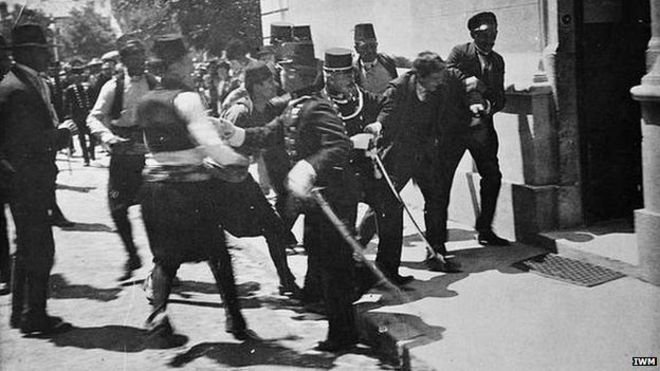Assassination and the risk thereof are an occupational hazard for the prominent, the powerful, or just the plain famous and popular. The murder of such people can have an outsized impact, sometimes altering the trajectory of history and producing results that shape events for centuries. Following are thirty-five things about historic assassination plots, some successful, others not.
35. The Puerto Rican Seeds of an Assassination Plot Against Harry S. Truman

Assassination has claimed the lives of four American presidents, and several other commanders in chief have escaped attempts on the lives. One of the latter was Harry S. Truman, who survived a now largely forgotten assassination attempt by Puerto Rican nationalists, who sought to draw attention to their cause by killing a sitting US president.
Today, the question of Puerto Rico’s ties to the US revolves around whether it should join the country as a new state, or remain an American territory. However, there was once significant support within Puerto Rico for a third option: outright independence. Failure to secure that goal eventually set pro-independence activists on the path of political violence.

